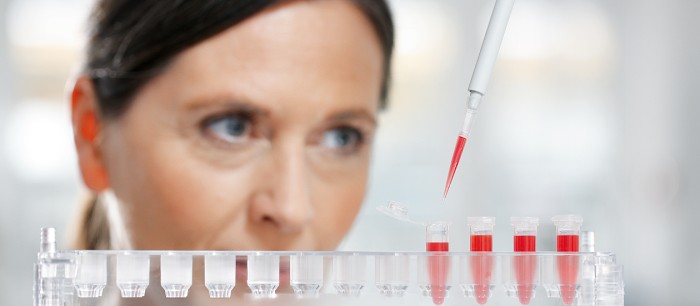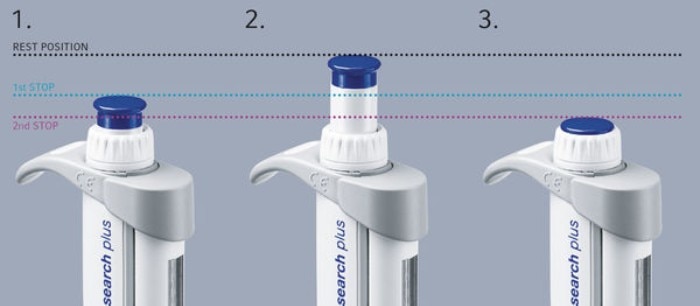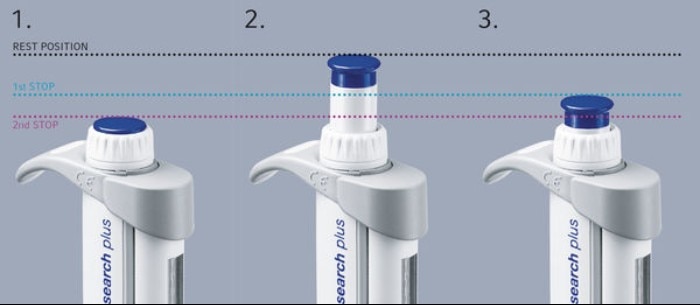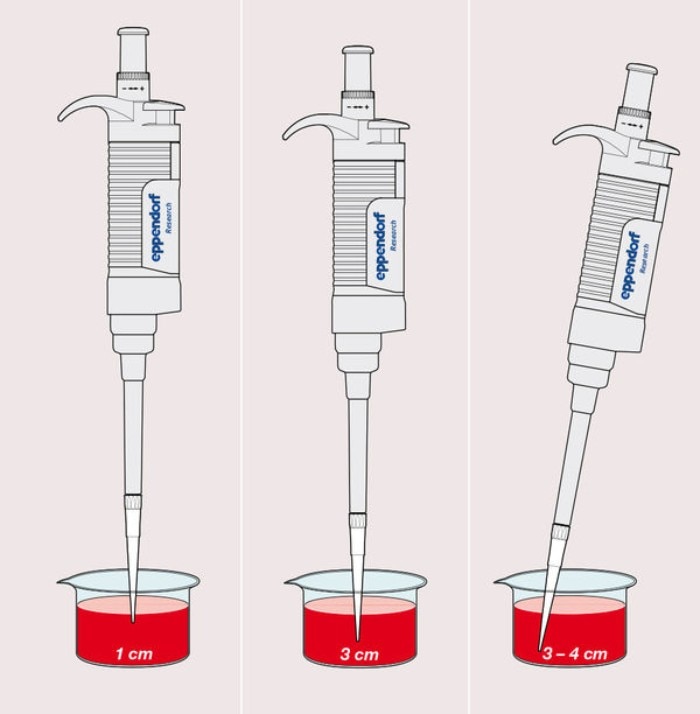メニュー
JP | JPY
-
-
-
-
- Challenges and Chances: A Review of the 1st Stem Cell Community Day
- Summertime, and the Livin’ Is Easy…
- Follow-on-Biologics – More than Simple Generics
- Bacteria Versus Body Cells: A 1:1 Tie
- Behind the Crime Scene: How Biological Traces Can Help to Convict Offenders
- Every 3 Seconds Someone in the World Is Affected by Alzheimer's
- HIV – It’s Still Not Under Control…
- How Many Will Be Convicted This Time?
- Malaria – the Battle is Not Lost
- Physicians on Standby: The Annual Flu Season Can Be Serious
- At the Forefront in Fighting Cancer
- Molecular Motors: Think Small and yet Smaller Again…
- Liquid Biopsy: Novel Methods May Ease Cancer Detection and Therapy
- They Are Invisible, Sneaky and Disgusting – But Today It’s Their Special Day!
- How Many Cells Are in Your Body? Probably More Than You Think!
- What You Need to Know about Antibiotic Resistance – Findings, Facts and Good Intentions
- Why Do Old Men Have Big Ears?
- The Condemned Live Longer: A Potential Paradigm Shift in Genetics
- From Research to Commerce
- Chronobiology – How the Cold Seasons Influence Our Biorhythms
- Taskforce Microbots: Targeted Treatment from Inside the Body
- Eyes on Cancer Therapy
-
-
-
-
-
- Challenges and Chances: A Review of the 1st Stem Cell Community Day
- Summertime, and the Livin’ Is Easy…
- Follow-on-Biologics – More than Simple Generics
- Bacteria Versus Body Cells: A 1:1 Tie
- Behind the Crime Scene: How Biological Traces Can Help to Convict Offenders
- Every 3 Seconds Someone in the World Is Affected by Alzheimer's
- HIV – It’s Still Not Under Control…
- How Many Will Be Convicted This Time?
- Malaria – the Battle is Not Lost
- Physicians on Standby: The Annual Flu Season Can Be Serious
- At the Forefront in Fighting Cancer
- Molecular Motors: Think Small and yet Smaller Again…
- Liquid Biopsy: Novel Methods May Ease Cancer Detection and Therapy
- They Are Invisible, Sneaky and Disgusting – But Today It’s Their Special Day!
- How Many Cells Are in Your Body? Probably More Than You Think!
- What You Need to Know about Antibiotic Resistance – Findings, Facts and Good Intentions
- Why Do Old Men Have Big Ears?
- The Condemned Live Longer: A Potential Paradigm Shift in Genetics
- From Research to Commerce
- Chronobiology – How the Cold Seasons Influence Our Biorhythms
- Taskforce Microbots: Targeted Treatment from Inside the Body
- Eyes on Cancer Therapy
-
JP | JPY

Impact of Pipetting Techniques on Precision and Accuracy
Lab Academy
- バイオテクノロジー
- ピペッティングと分注
- 正確性
- 分注器
- ピペット
- トレーニング
- BioNews article
Choosing the correct pipetting technique helps securing the accuracy and precision necessary for reproducible, reliable results. Especially when pipetting small volumes the influence of the pipetting technique can have tremendous effects on the experimental result. Two main techniques exist and each should be applied depending on the sample liquid.
Aqueous liquids can be dispensed using the well-known forward pipetting technique, but dispensing challenging liquids like glycerol, ethanol or BSA solution need a different approach called reverse pipetting. Additionally general considerations like a low immersion depth and a vertical pipetting angle must be taken into account. Learn about proper pipetting techniques and their individual advantages in our Userguide. Forward pipetting is the standard technique for most aqueous solutions.
もっと読む
表示を減らす

Reverse pipetting is recommended for viscous or foaming liquids as well as very small volumes. The blow-out volume is additionally aspirated in the first step and stays in the pipette tip to be discarded.
もっと読む
表示を減らす

The impact of immersion depth and angle on precision and accuracy is huge. A vertical angle and low immersion depth guarantee the most accurate pipetting result.
もっと読む
表示を減らす

If you want to read more about the impact of pipetting techniques on precision and accuracy, please download our Userguide here!
もっと読む
表示を減らす
もっと読む
表示を減らす
Videos not loading, because cookies have been rejected. Change your

